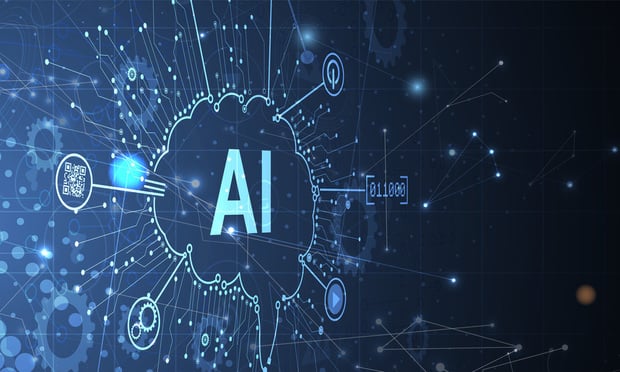Law.com Subscribers SAVE 30%
Call 855-808-4530 or email [email protected] to receive your discount on a new subscription.
Appellate Court Provides Practical Guide to Commercial Landlord's Bankruptcy Damage Claims
The Southern District of New York affirmed a bankruptcy court's holding that the statutory cap on a landlord's damage claim [i.e., Bankruptcy Code § 502(b)(6)] "applies to [its] claim against a [Chapter 11] debtor-guarantor." In re Cortlandt Liquidating LLC, 2024 WL 1301429, *3 (S.D.N.Y. Mar. 26, 2024) (emphasis added). Although the tenant-affiliate of the debtor-guarantor was not a Chapter 11debtor, it had vacated the leased premises and delivered the keys to the lessor one month after its affiliates (including the guarantor) filed their Chapter 11 petitions. The court also held that the non-debtor tenant had "terminated" the lease "for purposes of" the statutory damages cap; the cap should also be calculated in accordance with the "time approach", not the "rent approach"; the proceeds of a letter of credit security deposit taken from the debtor-guarantor's "assets" had been properly applied to reduce the lessor's capped claim; and that "cleanup costs" related to the non-debtor tenant's premises were "subject to" the statutory damages cap. The court's decision, supported by a well-reasoned bankruptcy court decision, 648 B.R. 137 (Bankr. S.D.N.Y. 2023) (Wiles, B.J.), provides a helpful overview of the most recent law governing landlords' damage claims in bankruptcy cases.
Relevance
Code §502(b)(6) caps (i.e., limits) a landlord-lessor's claim for "damages resulting from the termination of a lease of real property." 11 U.S.C. §502(b)(6) (emphasis added). After the court "determine[s] the amount of such claim," it may be allowed "except to the extent" that it exceeds "the rent reserved by such lease, without acceleration, for the greater of one year, or 15 percent, not to exceed three years, of the remaining term of such lease." Id. The Code does not address whether it applies to a claim against a guarantor/debtor, "as opposed to a tenant/debtor … [It] does not distinguish among types of debtors." And the Second Circuit has not "addressed the question." 2024 WL 1301429, at *4.
This premium content is locked for Entertainment Law & Finance subscribers only
ENJOY UNLIMITED ACCESS TO THE SINGLE SOURCE OF OBJECTIVE LEGAL ANALYSIS, PRACTICAL INSIGHTS, AND NEWS IN ENTERTAINMENT LAW.
- Stay current on the latest information, rulings, regulations, and trends
- Includes practical, must-have information on copyrights, royalties, AI, and more
- Tap into expert guidance from top entertainment lawyers and experts
Already a have an account? Sign In Now Log In Now
For enterprise-wide or corporate acess, please contact Customer Service at [email protected] or 877-256-2473

New York's Latest Cybersecurity Commitment
On Aug. 9, 2023, Gov. Kathy Hochul introduced New York's inaugural comprehensive cybersecurity strategy. In sum, the plan aims to update government networks, bolster county-level digital defenses, and regulate critical infrastructure.

The DOJ's Corporate Enforcement Policy: One Year Later
The DOJ's Criminal Division issued three declinations since the issuance of the revised CEP a year ago. Review of these cases gives insight into DOJ's implementation of the new policy in practice.

How AI Has Affected PR
When we consider how the use of AI affects legal PR and communications, we have to look at it as an industrywide global phenomenon. A recent online conference provided an overview of the latest AI trends in public relations, and specifically, the impact of AI on communications. Here are some of the key points and takeaways from several of the speakers, who provided current best practices, tips, concerns and case studies.

CLE Shouldn't Be the Only Mandatory Training for Attorneys
Each stage of an attorney's career offers opportunities for a curriculum that addresses both the individual's and the firm's need to drive success.


